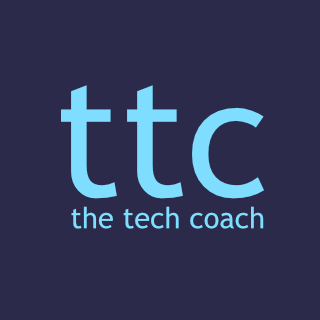At some point during the current COVID-19 pandemic, I decided that I needed to escape the daily onslaught of horrible and depressing news from around the globe. I wanted to check out of life just for about 30 minutes each day (sometimes longer), and all the binge-watching of Tiger King and Mandalorian wasn’t cutting it. So, I decided to download the game Star Wars, Galaxy of Heroes. It is a great little smartphone game, with a lot of layers and complexities that I wasn’t quite expecting. Essentially, the aim of the game is to win battles against other players, using a turn-based combat system. You have to choose which characters you want in your squad, before embarking on a battle. Now, this is where it gets interesting… Your squad will perform better, or worse, depending on who else is in it. If you pair up characters who work well with each other, they can perform above expectations. Likewise, you could have the most powerful characters in the game, but them into a squad with players they don’t have synergy with and you may be usurped by a “lesser” team with better synergy. It was this combination of strengths that reminded me of the importance of building strong and meaningful communities that you too can work together with, and perform better than expected.
Sustained Engagement
I had already joined a bunch of WeChat groups, followed different ed-tech personalities and companies on Twitter, and subscribed to various tech-themed YouTube channels and Podcasts. Furthermore, due to the earlier COETAIL course materials, pushing us to expand our PLNs and to contribute to these, I was happy with my level of participation and how it had grown organically over the last year. Admittedly, I did start to contribute more to WeChat conversations, but I find these can be overwhelming at times, and I am not sure about the equal participation therein. Having said that, I have met a couple of very knowledgeable and kind people in these groups (James Rong), who have given me inspiration for various ed-tech projects.

Conclusion
I chose to focus on WeChat (unfortunately I deleted my chat history), Twitter and then later on, Reddit, to have follow-up conversations. They are great for finding out other people’s experiences, sharing common problems, finding out new apps, and coming up with creative ways to implement tech in the (virtual) classroom.
I made the decision to disable YouTube comments and likes, quite early on. I share my video tutorials with the teachers and students I work with (I also put them on MS Stream). Before I disabled the comments, I have to admit that I did not find the majority of these productive. In fact, on the contrary, they have been counterproductive; at least in my experience. For example, I disabled the ability for viewers to see the likes VS dislikes after I had received 8 likes and 6 dislikes, as I wanted to see what kind of impact not seeing this would have on viewer behavior. Surprisingly, the same video now has 113 likes and 17 dislikes!
One of my biggest successes was collaborating with two colleagues at my school and one in Hong Kong. Through our online and offline conversations, shared interests, and passion for education, we decided to team up and work together on the Technology in Education website, YouTube Channel, Twitter Feed, and Podcast. Having access to these amazing people offline (except my colleague in HK), has really solidified not just our mini PLN, but our friendship as well. We have each committed to spending between 2-4 hours per week on developing our knowledge and understanding of how tech can be used to accelerate learning for our learners.
So, if you have not begun your own PLN already, then start today!
